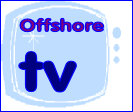© 2014-

Sealand TV
Sealand TV was planned to broadcast from the Principality of Sealand, a micronation established in 1967 by former Radio Essex and BBMS owner Roy Bates and his family on Roughs Tower, off the coast of Essex, Eng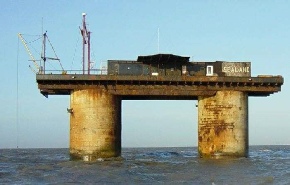 land.
land.
Despite the provisions of the Territorial Sea Act placing Sealand inside British territorial limits plans were announced in June 1987 for the establishment of an offshore television station on the 'Principality'.
An American businessman -
Kemper announced that although $600,000 would need to be spent on equipment and with running costs of $250,000 a month, he had enough backing to operate the television station for two months without needing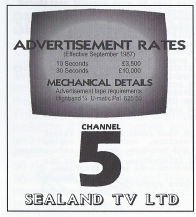 to attract any paid advertising.
to attract any paid advertising.
The proposed format for the new television station was to be ‘fun and entertainment’ including films, music videos and sports events, with Page 3 model, Suzanne Mizzi, acting as ‘Station Host’ from studio facilities in Tulira Castle, County Galway, Ireland, (which would also be used for programme and commercial production), linked by satellite to Sealand.
At one stage the project even considered the possibility of anchoring a former oil rig, Trans Ocean 1, next to Roughs Tower to house the transmission mast. Advertising rates of £3,500 for 10 seconds and £10,000 for 30 seconds were quoted i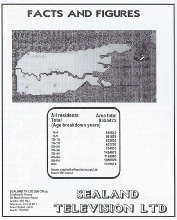 n a glossy brochure produced for circulation to prospective advertisers.
n a glossy brochure produced for circulation to prospective advertisers.
Sealand TV was to broadcast under the call sign Channel 5, on UHF channel 28 using a 7 megawatt transmitter. The proposed target area was to be Essex, Kent and London (as far west as Reading) with a population of 9.3 million people. The station’s target audience was described as ‘a youth-
However, potential viewers to this new offshore television station would have had to invest between £50 and £100 to install a new aerial because the signal would come from the opposite direction to the existing BBC and ITV transmitters at Crystal Palace in London.
Despite the extensive publicity of its plans Sealand TV never materialised.

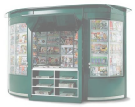

Click on picture to enlarge
Roughs Tower, the Principality of Sealand
Click to enlarge
Courtesy Offshore Echos Magazine
Click to enlarge
Courtesy Offshore Echos Magazine




Floor 2
Back to






